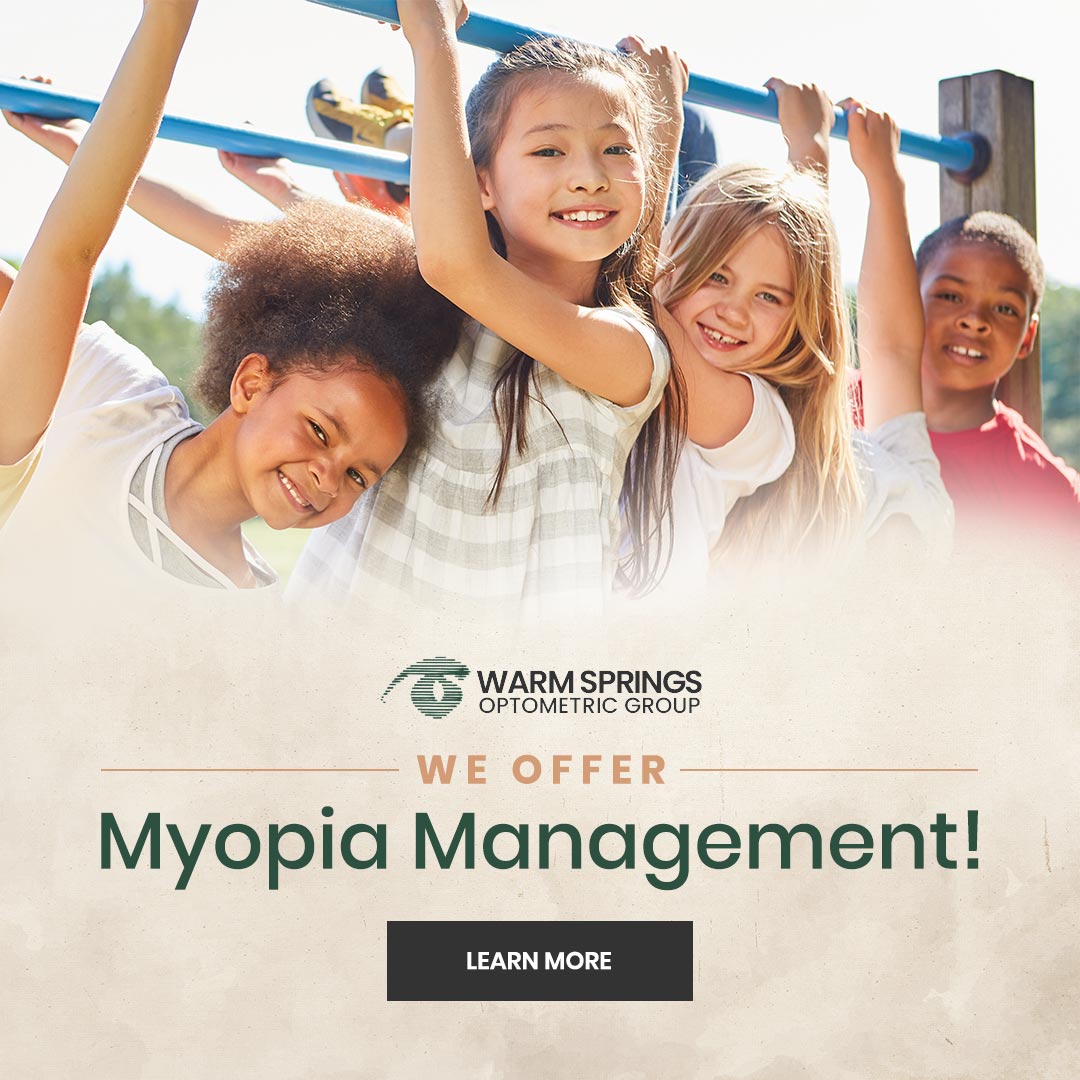
Myopia (most often referred to as nearsightedness) affects about one in every three children in the United States and has become increasingly prevalent over the last 30 years. Myopia is an eye disease that occurs when the eye grows too long, like the shape of a football. This causes distant objects to appear blurry and increases the risk of serious, sight-threatening eye diseases in adulthood.
As a parent, you want what’s best for your child. By learning these 5 important facts, you may feel encouraged to do more for your child's eye health and long-term vision, such as ensuring that they get their eyes checked on a regular basis and turning to myopia management to prevent the rapid progression of this disease.
The COVID-19 Pandemic Has Increased Myopia Prevalence In Children
The significant reduction in outdoor time during the pandemic combined with the surge in screen time has increased the incidence of myopia cases. According to a systematic review and meta-analysis published in Ophthalmic Research (2020), outdoor time helps slow down the change of axial length and reduce the risk of myopia.
Similar results were found in a previous study in Ophthalmology (2013) that investigated the association between myopia in children and adolescents, and the amount of time spent outdoors. The study analyzed over 10,000 children and adolescents aged 20 and under and concluded a substantial correlation between increased time spent outside and the prevalence of myopia. Each additional hour spent outside per week was linked to a 2% reduction in the risk of myopia.
Myopia Increases the Risk of Eye Disease
Those with high myopia and rapidly progressing myopia in childhood are more prone to developing ocular comorbidities or serious sight-threatening eye diseases later in life, such as:
Glaucoma
Macular degeneration
Myopic Maculopathy
Retinal detachment
Myopia is a Progressive Eye Disease
Myopia usually starts in childhood and progresses throughout a child’s school years, eventually stabilizing around ages 18-22. Since the eye grows in sync with the rest of the body, it's only natural that it ceases elongating in early adulthood when the rest of the body stops growing. This also means that a child's growth spurts often coincide with a higher prescription.
Fortunately, myopia can be efficiently treated in order to prevent it from worsening as the child grows. Slowing myopia early in life can make a significant difference in your child's eye health in the present and future.
Myopia Is An Epidemic
Myopia is a global epidemic that continues to worsen, affecting close to 2 billion individuals worldwide.
If current trends hold, roughly half of the world's population will be myopic by the year 2050, partly due to genetics and increasingly as a result of our society's preference for staying indoors and spending more time on digital screens.
Myopia Can Be Treated
Myopia cannot be cured; however, its progression can be slowed or even halted. The goal of myopia treatment, also known as myopia management or myopia control, is to reduce or halt the eye's rapid growth. Effective myopia treatment entails more than simply correcting a child's blurry vision with glasses; it's meant to prevent a child's vision from deteriorating and, thus lowering their risk of developing severe myopia-related eye diseases later in life.
Give your child the tools they need to succeed! To schedule your child’s back-to-school eye exam, click here, or to see a list of all providers near you visit Treehouse Eyes today.






